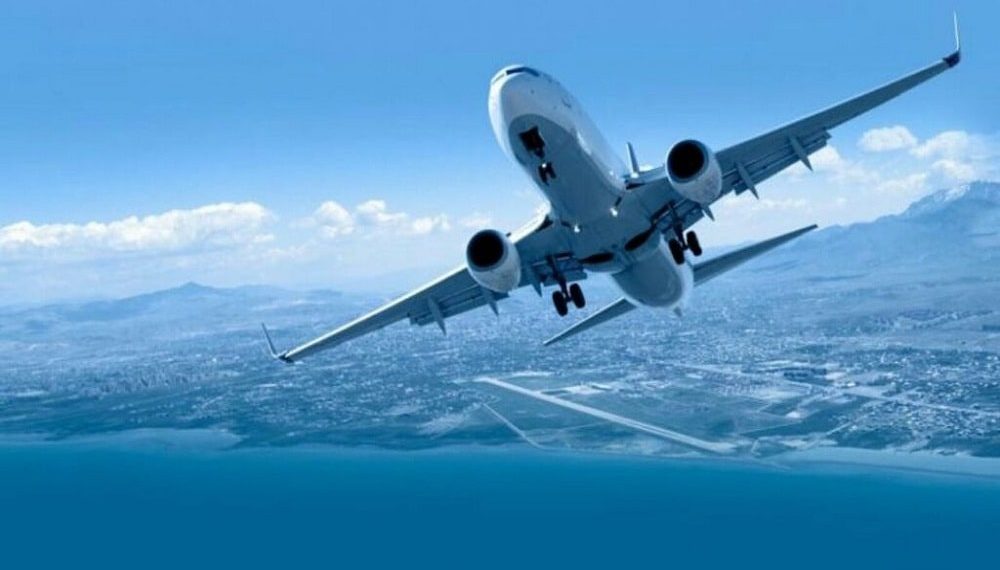The head of Iran’s civil aviation organisation (CAO), Mohammad Mohammadi Bakhsh, has declared that four nations have been sending their commercial passenger planes to Iran for maintenance and repairs. He has also stated that Iran will join forces with Russia, China, and India to establish the required standards for aircraft repair facilities.
This year, Iran has completed the necessary level of airworthiness by repairing six foreign aeroplanes and numerous aircraft engines. Iran also intends to construct three different types of jet aircraft with passenger seating capacities of 50, 72, and 150. A younger group of supersonic aircraft is also being developed by Russia in collaboration with the adjacent UAE.
Due to Western sanctions that limit the shipment of alternative parts and maintenance tools to both Iran and Russia, aviation maintenance has become a problem. While India plays a big role in the global aviation components market, China and Russia both have well-established aviation manufacturing bases and have been producing their own domestic aircraft for many years.
All of these nations have sizable Airbus and Boeing fleets, but they will now choose to install parts and carry out maintenance without the assistance of the original manufacturers, dealing a blow to the aircraft supply chain sector in the United States and Europe. Although China and India already provide parts to both firms, this will raise concerns about safety. As a one-party state, China in particular will exercise extreme caution when selecting parts because it cannot afford to expose its citizens to airworthiness issues. Prior to COVID, Chinese airlines carried 585 million passengers. In that year, Asia carried 35% more people than any other region, including Europe (27%), North America (22%), or both combined (22%). Air traffic is currently at roughly 65% of 2019 levels post-COVID.
The decision by China, India, Iran, and Russia to form an aircraft repair and maintenance alliance will undoubtedly lead to the creation of an Asian-built passenger airliner in the future, which will challenge the West’s dominance of the aviation industry over time and offer alternatives as Western sanctions push Asian nations to do so.
This is already taking place. China and Russia are developing their own technologies to lessen their reliance on Western systems. China is developing its CJ-2000 turbofan to power the CR929 passenger airliner that both countries are co-developing, and Russia is working on the high-thrust Aviadvigatel PD-35 engine, which it hopes to test fly for the first time later this year. That might be operational by 2025–2026.


































